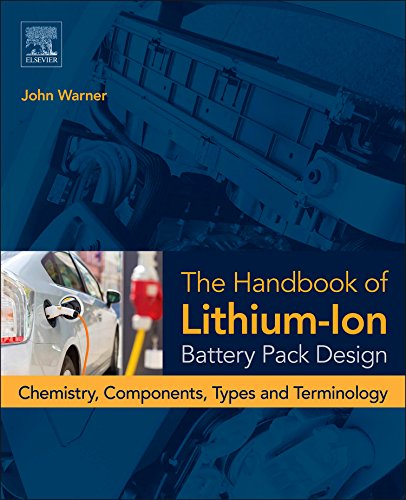

Most ebook files are in PDF format, so you can easily read them using various software such as Foxit Reader or directly on the Google Chrome browser.
Some ebook files are released by publishers in other formats such as .awz, .mobi, .epub, .fb2, etc. You may need to install specific software to read these formats on mobile/PC, such as Calibre.
Please read the tutorial at this link: https://ebookbell.com/faq
We offer FREE conversion to the popular formats you request; however, this may take some time. Therefore, right after payment, please email us, and we will try to provide the service as quickly as possible.
For some exceptional file formats or broken links (if any), please refrain from opening any disputes. Instead, email us first, and we will try to assist within a maximum of 6 hours.
EbookBell Team

5.0
70 reviewsThe Handbook of Lithium-Ion Battery Pack Design: Chemistry, Components, Types and Terminology offers to the reader a clear and concise explanation of how Li-ion batteries are designed from the perspective of a manager, sales person, product manager or entry level engineer who is not already an expert in Li-ion battery design. It will offer a layman’s explanation of the history of vehicle electrification, what the various terminology means, and how to do some simple calculations that can be used in determining basic battery sizing, capacity, voltage and energy. By the end of this book the reader has a solid understanding of all of the terminology around Li-ion batteries and is able to do some simple battery calculations.
The book is immensely useful to beginning and experienced engineer alike who are moving into the battery field. Li-ion batteries are one of the most unique systems in automobiles today in that they combine multiple engineering disciplines, yet most engineering programs focus on only a single engineering field. This book provides you with a reference to the history, terminology and design criteria needed to understand the Li-ion battery and to successfully lay out a new battery concept. Whether you are an electrical engineer, a mechanical engineer or a chemist this book helps you better appreciate the inter-relationships between the various battery engineering fields that are required to understand the battery as an Energy Storage System.